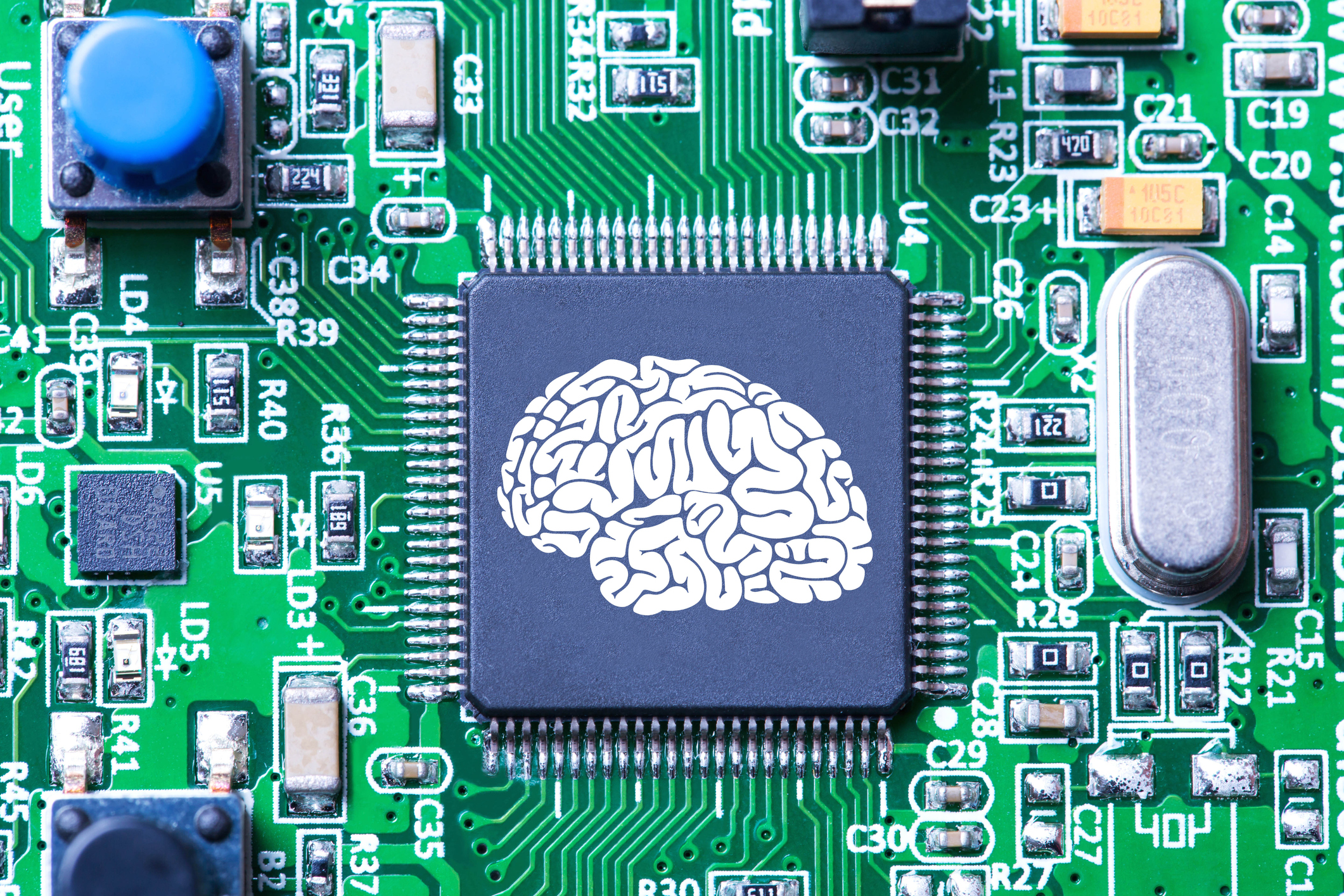Elon Musk continues to push technology to the limit, but is it with good intentions?
According to The Verge, the Tesla CEO claims that his Neuralink project is roughly six months away from its first human trial.
What Is Neuralink?
As previously reported by AfroTech, the brain-interference technology company was co-founded by Musk in 2016. Today, they are looking to implant microchips.
“We have Neuralink working well in monkeys. We are also doing a lot of testing and confirming that it’s very safe and reliable and that the Neuralink device can be removed safely. People may have seen the demo that we published earlier this year with the video of the monkey playing the video game Pong telepathically using the Neuralink in its brain,” Elon Musk said, according to the Wall Street Journal. “It’s completely wireless, charges inductively, so the monkey looks completely normal and yet is playing a video game telepathically.”
How It Works
During a “show and tell” event held on Wednesday (Nov. 30), Musk revealed that his brain-computer interface company will be implanted in people’s brains in the next six months.
At this time, the company has submitted a bulk of the paperwork necessary for a human clinical trial with the Food and Drug Administration.
Initial Testing
In 2019, Musk revealed that the company had begun testing its devices on monkeys. By 2020, they evolved the trial to pigs.
In 2021, Neuralink shared a video that demonstrated a monkey playing Pong with its brain, which had the device implanted in it. What’s more, there’s also footage reportedly showing that the monkeys were trained to charge the devices by sitting under a wireless charger.
The Future of Neuralink
Initially, Musk was hoping to have the trial begin in 2020, then in 2022. Now it is set to happen in 2023.
According to information shared at the event, the devices are small and include multiple flexible “threads” that can be inserted into the brain.
“It’s like replacing a piece of your skull with a smartwatch, for lack of a better analogy,” Musk explained.


